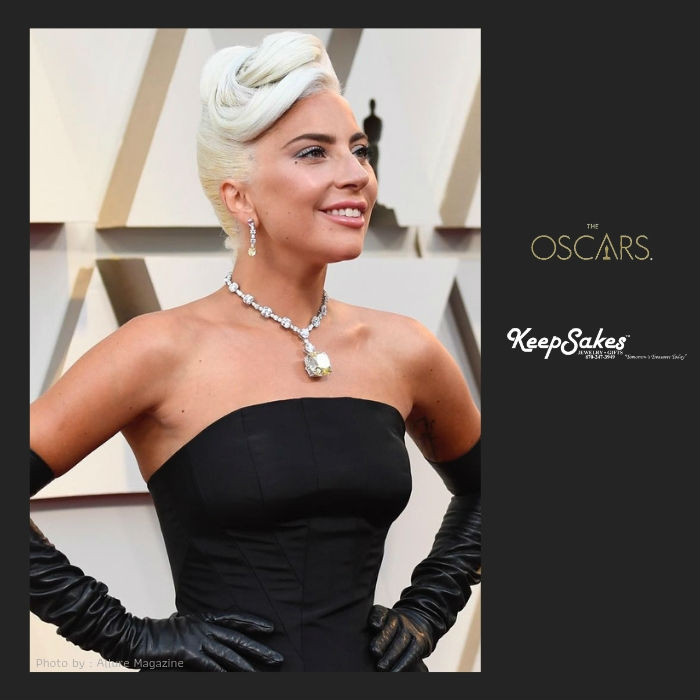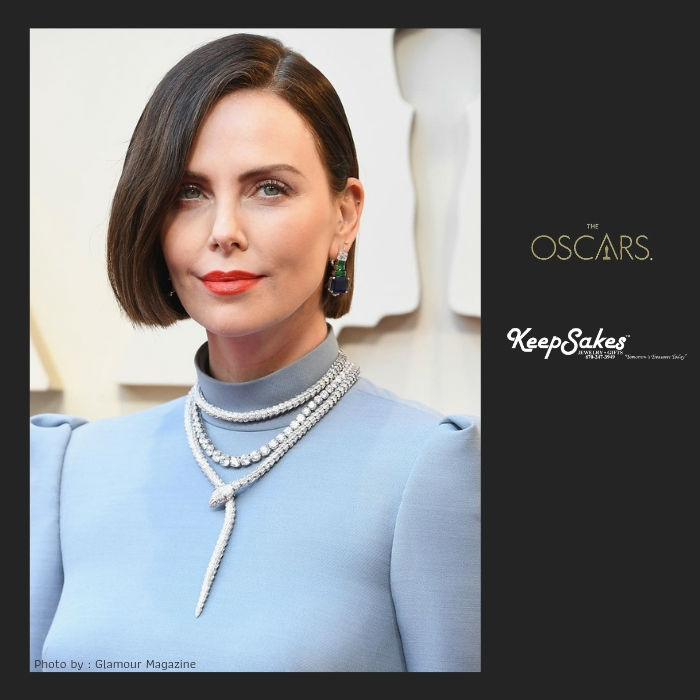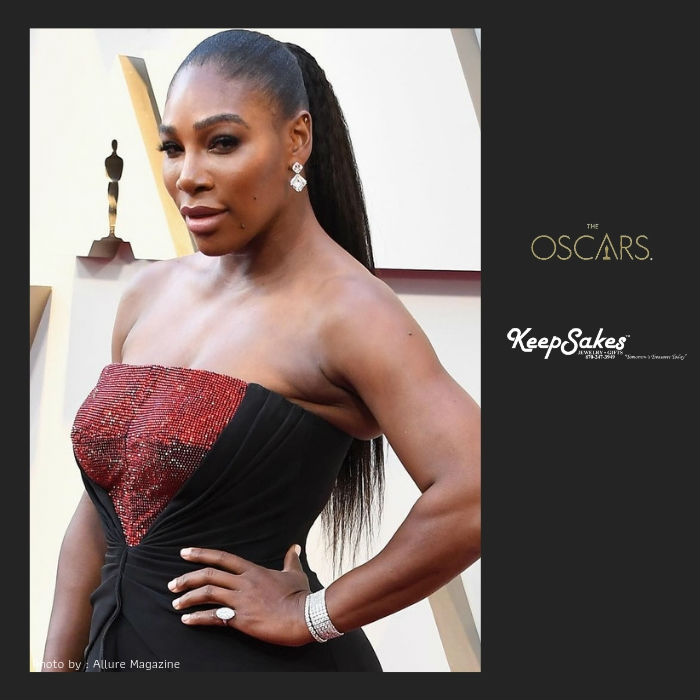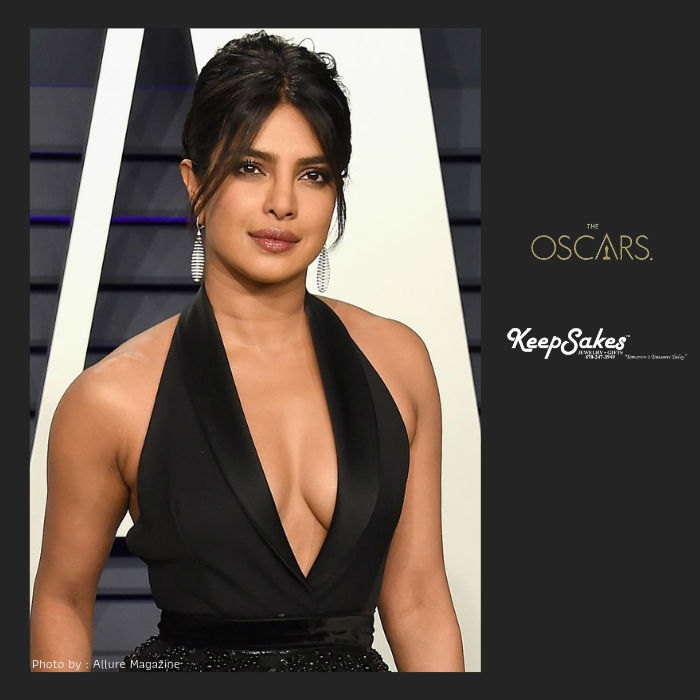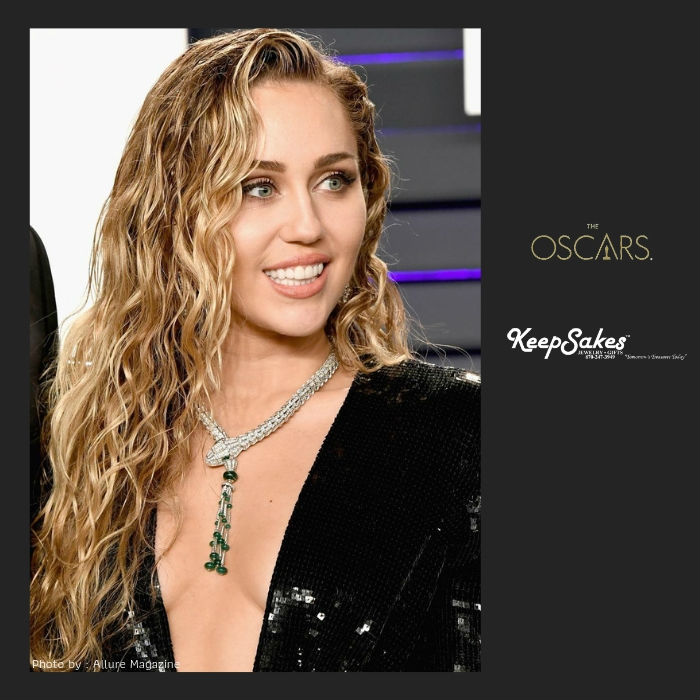Pearls have been around for decades. They are a staple of fashionable women and one of the hallmarks of what is traditionally considered “elegant” and “sophisticated” style. The strand of pearls which were once defined as classy, are they still in fashion? The answer is YES!
Unlike most other gemstones which are mineral, Pearls are organic and are formed by living organisms. A pearl is a hard object produced within the soft tissue of a living shelled mollusk. The finest quality natural pearls have been highly valued as gemstones and objects of beauty for many centuries. Though Pearls occur naturally in the wild, their occurrence is very sporadic and limited.

You may find them in form of Fresh water pearls, akoya saltwater pearls and south sea pearls.
Freshwater Pearls – Which are not rarest but they are finest for the collection and preferred by jewelry makers.
Akoya Saltwater Pearls – Have been synonymous with classic beauty and elegance.
South Sea Pearls – The smoothness and roundness of these pearls are exceptional. These are the rarest and extraordinary pearls you will find in jewelry.
Freshwater Pearls
Cultured freshwater pearls are pearls that are farmed and created using freshwater mussels. Quality of cultured freshwater pearls is evaluated through a grading system of a series of values, based on luster, shape, surface, color and matching. The process begins by choosing a suitable donor mussel and cutting a strip of tissue from the mantle is known as GRAFTING. This strip of tissue is then cut into 3mm squares. These squares are delivered to a technician who performs the operation. Unlike saltwater bead nucleation, this process is not considered difficult, and technicians need only minimum training to perform the operation. After the maximum numbers of grafts have been performed, the mussel is flipped, and the procedure is performed once again on the other valve of the shell.

Freshwater pearl harvests are typically bought while still in the shell. After harvest the pearls are delivered to a first-stage factory, which is responsible for cleaning and sorting the pearls by size and shape. After the pearls are treated, they are drilled and then polished with a mixture of cornmeal and wax.

Akoya Saltwater Pearls
If you’re looking for the classic set of pearls, look to Saltwater Akoya cultured pearls. These pearls were first to ever be cultured in the early 1900s. For the past 100 years, Akoya pearls have been synonymous with classic beauty and elegance. They are the roundest of all pearl varieties, and are known for their sharp luster and pink overtones.
The Akoya oyster is the smallest pearl-producing oyster used in pearl culture today, so Akoya pearls also tend to be small, ranging in size from just 2 mm to about 11 mm in size. The average pearl size is harvested at about 7.5mm in diameter.

Almost all pearls available in the market are cultured. Most natural pearls are odd-shaped because the irritants that caused the oyster to begin creating the pearl are not round. Beautifully round, lustrous natural pearls would cost many hundreds of thousands of dollars a strand.

South Sea Pearls
South Sea cultured pearls are exceptional quality pearls with a whitish, almost silver color. It is much larger than the average pearl. The smoothness and roundness of these pearls are exceptional. These are the rarest and extraordinary pearls you will find in jewelry.
South Sea pearls come from the white-lipped variety of the pinctada maxima oyster. This oyster is much larger than the oysters that produce Akoya and Freshwater pearls, so the pearl that it produces is much larger as well. Because of the rarity and sensitivity of this type of oyster, cultivation of these pearls is much more difficult, making them more expensive.

South Sea pearls are among the largest commercially harvested cultured pearls in the world. The average size of a South Sea pearl is 13 mm, with most harvests producing a range of sizes from 9 mm to 20 mm. The South Seas lie between the northern coast of Australia and the southern coast of China. These waters are the native habitat of a large oyster known as Pinctada maxima. This oyster grows up to 12 inches in diameter, and can be nucleated with a much larger bead than other saltwater oysters such as the Akoya.

These types of Pearls are very precious and prestigious treasure you can ever give. Visit our store to shop our pearl jewelry or visit us online at keepsakesjewelry.com
